What Makes the Charlotte Mason Method of Homeschooling Delightful?
What makes the Charlotte Mason method of homeschooling delightful? That is the question I seek to answer for you today as we learn about who Charlotte Mason was and how she has influenced homeschoolers.
Disclosure: I get commissions for purchases made through affiliate links in this post.
“Who is Charlotte Mason?”
Charlotte Mason was an educator in England who lived from 1842 – 1923. She was mostly home-educated herself and became a teacher.
According to Cindy West in Charlotte Mason Homeschooling in 18 Easy Lessons, Charlotte Mason “believed education was ‘an atmosphere, a discipline and a life.’ She believed in teaching children in ways that encouraged curiosity and enthusiasm, while at the same time expecting excellence in many areas – even more areas than most curricula expect. Her philosophies are still fresh today, especially among homeschoolers who use them unfailingly to raise bright, resourceful children.”
Charlotte Mason co-founded the Parents’ Educational Union (PEU), an organization that provided resources to parents educating their children at home. Charlotte gave lectures about education and wrote curriculum. In 1891 she moved to Ambleside, England and established a training school for governesses and others working with young children.
Some of the tenets of her style and method are “education is discipline,” living books instead of textbooks, nature study, narration instead of written tests, short lessons, copywork and dictation, forming habits in the early years (“laying down the rails”), and composer and picture study.
“The aim of education . . . is to produce a human being at his best, physically, mentally, morally, and spiritually, quickened by religion and with some knowledge of nature, art, literature, and handicraft.”
~ Charlotte Mason
“Some knowledge?” With the Charlotte Mason method of homeschooling, both parents/teachers and students gain great knowledge!
The Most Surprising Thing I Learned From Charlotte Mason
I don’t follow her method completely, but it has greatly influenced our home and home education ever since I first read For the Children’s Sake by Susan Schaeffer Macauley when my oldest boys (who just graduated from high school!) were toddlers.
I started my blog I Choose Joy! in 2005 just after my fourth child was born. I was just homeschooling preschool at that time. Since then I have had four more children and just completed homeschooling the second son through graduation last month!
One topic I haven’t discussed much on my blog is parenting. I have felt that I don’t have much to say on the topic because everything I do in parenting is second nature to me and I assumed it was for others as well.
But, it isn’t. Here’s an example: A couple of weeks ago I was at the park with my younger kids and noticed a lady with her two small kids near me. She was telling the little boy, about 5 or 6 years old, to go play on the playground. He kept coming back and sitting behind her bench on the grass playing with a little toy like an action figure or Hot Wheels car. He was very happily playing there by himself, but she was angry at him for not going back on the playground equipment.
This is an example of something that is natural for me. “Children are born persons,” Charlotte Mason said. They are to be respected as individuals created by God with their own personalities, strengths and weaknesses, dreams and passions. It’s my job to help them to grow to be the people God wants them to be.
If the situation had been different, this is what I would have told the lady: “Your son is playing. He is happy playing in a quiet, pretending type of way. He doesn’t need to run around and jump and play with other kids right now. He’s doing what feeds his soul. And, he needs your encouragement to feel confident in who he is as a person, as a boy, as a future adult. Look at him. Recognize how creative he is. Wonder at his imagination. Love him unconditionally.”
As I was re-reading For the Children’s Sake last week, I realized that it was Charlotte Mason (through Susan Macauley) who helped mold me as a parent. It was these ladies (and God, of course) who taught me the things I wrote above. It wasn’t all natural for me; I just didn’t remember learning these things while reading that book out in the backyard when my first two boys were playing.
So, that’s the surprising thing I learned from Charlotte Mason. This lady from the 1800s who never had children herself taught me how to be a good parent.
What can kids learn from short lessons?
Charlotte Mason taught that kids should be attentive for the entire lesson. And, because they are fully attentive, they can complete a lesson in a shorter amount of time than if kids are allowed to dawdle.
“You want the child to remember? Then secure his whole attention.”
~ Charlotte Mason
Now, I know that I’m the queen of efficiency. I hate wasted time almost more than anything else, So, this tenet of the Charlotte Mason method of homeschooling resonates perfectly with me. Did you know that most elementary lessons can be completed in 20 minutes or less? And, older kids can typically complete a lesson in 40 minutes or less.
If you’ve taught kids, you know from experience that their attention spans are only so long. Why force a longer lesson upon a kid when they aren’t going to get anything out of it?
“. . . the lesson must be done, of course, but must be made bright and pleasant to the child.”
~ Charlotte Mason
Here is a typical elementary schedule in our home:
As a Group with Me:
- Bible: 15 minutes
- History read-aloud: 15 minutes
- Literature read-aloud: 15 minutes
- Science read-aloud: 15 minutes (experiments are done at their co-op)
- Music or Art appreciation (Composer or Artist Study): 10-15 minutes
Individual Learning:
- Phonics for younger kids/ Grammar for older kids: 15-30 minutes
- Math: 20-40 minutes (one Teaching Textbook lesson)
- Copywork or Spelling Lesson: 10 minutes
- Handwriting practice: 10 minutes
- Writing (for older children): 30 minutes
- Foreign Language: 15 minutes
- Reading Alone: 15-30 minutes
Some of the specific curricula I use that supports the short lesson model of the Charlotte Mason method of homeschooling are Apologia for science, Teaching Textbooks for math, Spelling You See for copywork and spelling, Explode the Code for phonics practice, Grammar Galaxy for grammar, Tapestry of Grace for history and literature lessons with Living Books, IEW for writing lessons, Latina Christiana for Latin lessons (taking 2 years to go through one level), Handwriting Without Tears for handwriting, and Discover 4 Yourself® Inductive Bible Studies for Kids.
When a complete lesson in the book we’re using (such as Apologia science or the Inductive Bible Study) takes longer than the short lesson time I have allotted, I simply stop at a good spot. I know my kids will learn better and retain more of the material than if I just try to plow through to “finish the whole lesson.”
The times that we sometimes extend are the read-alouds for history and literature. We read really good Living Books, and often the kids and I just want to keep on reading!
What exactly is a Living Book?
I love this definition of Living Book from Becky Aniol:
“A living book is a whole narrative beautifully written by an authority with contagious delight in his or her subject, which engages both the mind and the heart, capturing the imagination and inspiring interest in the subject, igniting a sense of virtue worthy of imitation, and compellingly inviting the reader, both young and old, to read on and read again.”
In other words, Living Books are fun to read, engaging, and compelling.
They are not boring, like dry textbooks or encyclopedias. Living Books are also not “twaddle,” which are books that talk down to children.
However, as a non-purist Charlotte Mason educator, if your kids (or mine!) enjoy some twaddly books, I’m fine with that. I just want to make sure I’m balancing their education with the finest living books as well.
“Our business is to give him mind-stuff, and both quality and quantity are essential.
Naturally, each of us possesses this mind-stuff only in limited measure, but we
know where to procure it; for the best thought the world possesses is stored in
books; we must open books to children, the best books; our own concern is
abundant provision and orderly serving.”~ Charlotte Mason
We use living books especially in our history studies through Tapestry of Grace. It makes history come alive for my kids, and for me as well. We love good biographies, historical fiction, diaries, and more.
“Let him, on the contrary, linger pleasantly over the history of a single man, a short period, until he thinks the thoughts of that man, is at home in the ways of that period. Though he is reading and thinking of the lifetime of a single man, he is really getting intimately acquainted with the history of a whole nation for a whole age.”
~ Charlotte Mason
Living Books aren’t just for history or literature, though. You can, and should, read living books for all subjects. We enjoy biographies of musicians, Apologia elementary science, Story of the World and Mystery of History, and fun “Living Math” books.
I love this Living Book list from Cindy West of Our Journey Westward who gives suggestions of Living Books for science, geography, math, nature study, grammar, art, music, writing techniques, and more. My absolute favorite part of the Charlotte Mason method of homeschooling is its focus on Living Books!
How to do Narration, Copywork, and Dictation
Narration:
“Narrating is an art, like poetry making or painting, because it is there, in every child’s mind, waiting to be discovered, and is not the result of any process of disciplinary education. A creative fiat calls it forth. Let him narrate; and the child narrates, fluently copiously, in ordered sequence, with fit and graphic details, with a just choice of words, without verbosity [. . .] as soon as he can speak with ease.”
~ Charlotte Mason
Narration is a beautiful way to test a child’s knowledge of a subject, help him formulate thoughts that will later be used in composing essays and papers, and direct him in gaining public speaking skills. In the earliest years, say preschool or kindergarten, encourage a child to tell you about their day. Then, read a short story such as an Aesop’s fable and ask the child to retell it. They will eventually be able to narrate from longer passages until in high school you use it as a test of their mastery of a subject. “Tell me what you learned about in your economics reading today.”
Copywork:
“A sense of beauty in their writing and in the lines they copy should carry them over this stage of their work with pleasure. Not more than ten minutes or a quarter of an hour should be given to the early writing-lessons. If they are longer the children get tired and slovenly.”
~ Charlotte Mason
I loved learning that copywork was how Benjamin Franklin learned to write so well. He would copy great authors’ works to learn sentence structure, syntax, and style. He was also learning grammar and spelling! Have your young child start with copying a sentence or two a day. I enjoy using the books from Spelling You See for these exercises, but you can have your kids copy anything: passages from the Bible, paragraphs from Living Books you’re reading aloud, poems, etc.
See Copywork of “The Star-Spangled Banner” here!
Dictation:
Dictation is simply taking copywork one step further. After the child has copied a passage several times, you can dictate it to them (sentence by sentence) and have them write it down. Hopefully, they will have learned the correct spelling and punctuation from their daily copying. (Spelling You See also includes dictation as an exercise.)
The 5th Annual Charlotte Mason Inspired online homeschool conference
I’m speaking! Sign up here.
Nature Study doesn’t have to be difficult
“It is infinitely well worth the mother’s while to take some pains every day to secure, in the first place, that her children spend hours daily amongst the rural and natural objects; and, in the second place, to infuse them, or rather to cherish in them, the love of investigation.”
~ Charlotte Mason
So, remember when I said I wasn’t a Charlotte Mason purist? It becomes most blatantly obvious in the area of Nature Study. I am not good at all at taking “some pains every day” to guide my kids in nature study. What I have done, though, is encourage my kids to be out of doors A LOT and limit their screen time so they have more time to do it.
“The child who learns his science from a text-book, though he go to Nature for illustrations, and he who gets his information from object lessons, has no chance of forming relations with things as they are, because his kindly obtrusive teacher makes him believe that to know about things is the same as knowing them personally.”
~ Charlotte Mason
We have at different times during our homeschooling drawn in nature journals. It’s fun to go in the backyard and find something to draw. They really start seeing detail when they are drawing.
“Let them once get in touch with Nature, and a habit it formed which will be a source of delight through life. We were all meant to be naturalists, each in his degree, and it is inexcusable to live in a world so full of the marvels of plant and animal life and to care for none of these things.”
~ Charlotte Mason
I’m so happy my friend Cindy West understands moms like me and has written No Sweat Nature Studies (nature-based science lessons for multiple ages from the comfort of your own home or classroom) to make it easy for moms for whom Nature Study does not come “naturally.”
For those of you who are more inclined that way, you’ll love Cindy’s NaturExplorers guides and Nature Walks guides.
“Children should be encouraged to watch, patiently and quietly, until they learn something of the habits and history of bee, ant, wasp, spider, hairy caterpillar, dragon-fly, and whatever of larger growth comes in their way.”
~ Charlotte Mason
Fine Arts:
“We cannot measure the influence that one artist or another has on the child’s sense of beauty, upon his power of seeing, as in a picture, the common sight of life…”
~ Charlotte Mason
I love that the Charlotte Mason method of homeschooling encourages students to study just one artist at a time and for a length of time (several months) so that the students really began to recognize a particular artist’s style. This is such an easy and gentle way to study art!
This goes the same for musical composers and poets.
“It is a pity that we like our music as our pictures and our poetry mixed, so that there are few opportunities of going through as a listener a course of the works of a single composer . . . Let young people study as far as possible under one master until they have received some of this teaching and know its style.”
~ Charlotte Mason
I have several online courses that make it easier for Mom to do composer study in the home. Simply pick one of these, and you’ll have the background information about the composer, as well as the finest compositions already picked out for you, including videos, right there in the online course.
- 100 Delightful Classical Music Pieces
- Music Appreciation: Middle Ages Through Classical Period
- Music Appreciation of the Romantic Era
- 20th Century Music Appreciation
- Learn Classical Music with Cartoons (Composer Study)
Charlotte Mason also encouraged her students to learn hymns and folk songs! I have a hymn course already (my most popular course to date!) called Great Hymns of the Faith: A Hymn Study for All Ages.
And, I have a Folk Songs course you’ll love right here!
My newest course just for Charlotte Mason homeschoolers includes Composer Study, Hymn Study, Folk Song Study, short lessons, copywork, and living book ideas. It’s meant to be done during a full school-year! Check out A Year of Charlotte Mason Music Lessons!
Shakespeare:
“And Shakespeare? He, indeed, is not to be classed, and timed, and treated as one amongst others, – he, who might well be the daily bread of the intellectual life; Shakespeare is not to be studied in a year; he is to be read continuously throughout life, from ten years old and onwards. But a child of ten cannot understand Shakespeare. No; but can a man of fifty? Is not our great poet rather an ample feast of which everyone takes according to his needs, and leaves what he has no stomach for?
A little girl of nine said to me the other day that she had only read one play of Shakespeare’s through, and that was “A Midsummer Night’s Dream.” She did not understand the play, of course, but she must have found enough to amuse and interest her. How would it be to have a monthly reading of Shakespeare —a play, to be read in character, and continued for two or three evenings until it is finished? The Shakespeare evenings would come to be looked on as a family fiesta; and the plays, read again and again, year after year, would yield more at each reading, and would leave behind in the end rich deposits of wisdom.”
~ Charlotte Mason
I have also created an online course to make Shakespeare super easy in your homeschool!
Take a look at 10 Weeks of Shakespeare ~ Introductory Course for 7th-12th Grades here.
Another set of resources I recommend are Lara Molettiere of Everyday Graces’ Shakespeare copywork, vocabulary and character analysis guides.
Check out this post as well: 18 Amazing Resources for Teaching Shakespeare to Your Kids
Handicrafts:
‘He practises various handicrafts that he may know the feel of wood, clay, leather, and the joy of handling tools, that is, that he may establish a due relation with materials.”
~ Charlotte Mason
When we think of handicrafts, we tend to think of girls knitting, crocheting, painting, hand lettering, or scrapbooking. But, don’t forget boys! Woodworking and pottery are two possibilities, but find something they will love to do.
Here are a few more ideas, for both boys and girls!:
- Calligraphy
- Ceramics
- Chalk drawing
- Clay sculpturing
- Cross-stitching
- Embroidery
- Flower arranging
- Gardening
- Latch-hooking
- Leather tooling
- Macrame
- Oil painting
- Photography
- Picture framing
- Quilting
- Sewing
- Videography
- Watercolor painting
- Weaving
- Whittling
And, for help with teaching life skills (car mechanics and maintenance, household maintenance, cleaning skills, cooking skills, etc.) that you might not know how to do yourself, I love Skill Trek’s videos and guides.
Charlotte Mason Online Conference:
The Charlotte Mason Inspired Online Conference is now in its 5th year! This is one you don’t want to miss!
The 5 days of workshops were led by real moms who have embraced the Charlotte Mason method of homeschooling in their homes. They covered topics such as getting started with Charlotte Mason, ministry and helps for moms, habit training, living literature, nature studies, Shakespeare, the arts (including music!), benefits of a Charlotte Mason education, and much and more!
Online Charlotte Mason Conference
Get your access here!
Other Resources to help you do the Charlotte Mason Method of Homeschooling
- The Charlotte Mason Planner from The Musings of Mom
- Hebrew for Homeschoolers 10-week class by Ana Willis
- Hebrew for Homeschoolers 4-week intensive by Ana Willis
- 5 Days to Your Best Homeschool Years online course from Ana Willis
- Your Homeschool Blueprint: Step-by-Step Guide to Build a Strong Foundation for Your Homeschool
- Beyond Blessed Life Planner (undated, for Christian women)
Conclusion
I hope that you have learned to love Charlotte Mason as a person and a method of education through reading this today. Do you use the Charlotte Mason method of homeschooling yourself, or are you now thinking about it?
Related Posts:
- 4 Totally Awesome Nature Study Ideas for Lazy Homeschool Moms
- Ideas and Resources for a Plants Lapbook
- How to do Music the Charlotte Mason Way
- 18 Amazing Resources for Teaching Shakespeare to Your Kids
Sign up for the 5th Annual Charlotte Mason Inspired Online Conference
I’ll be speaking!

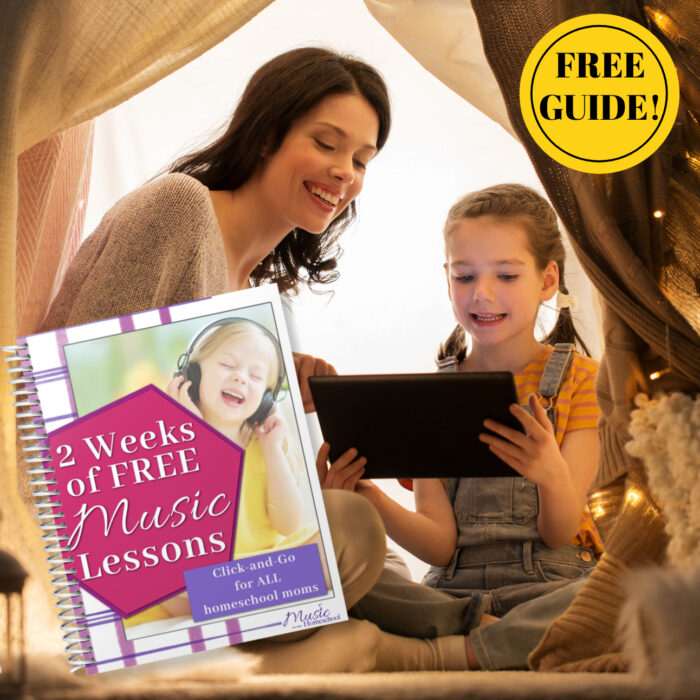

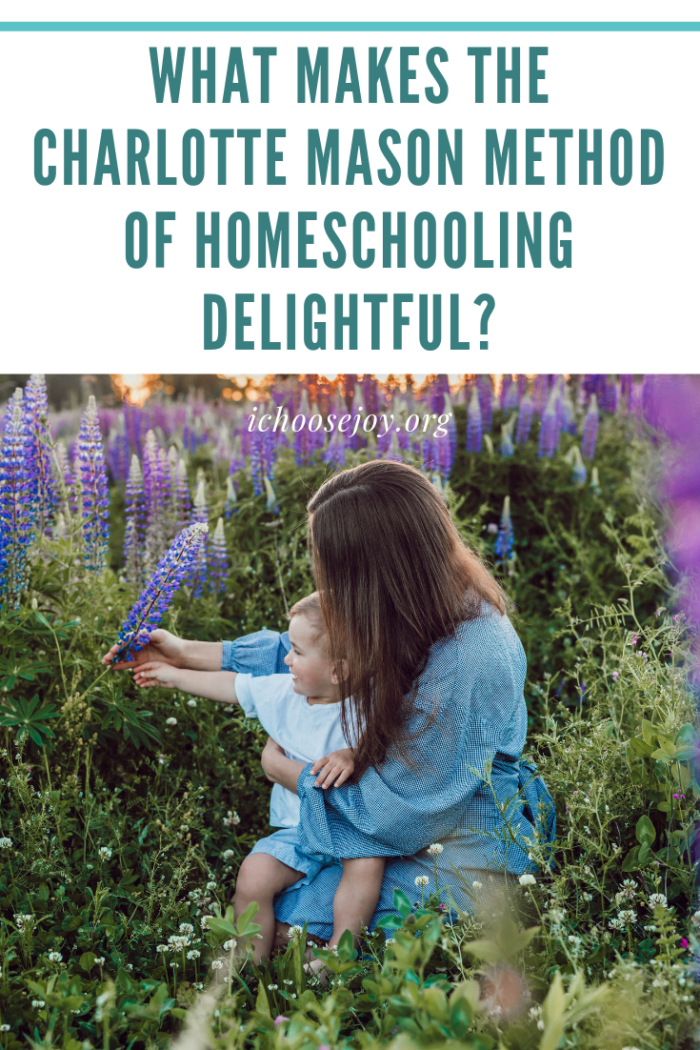
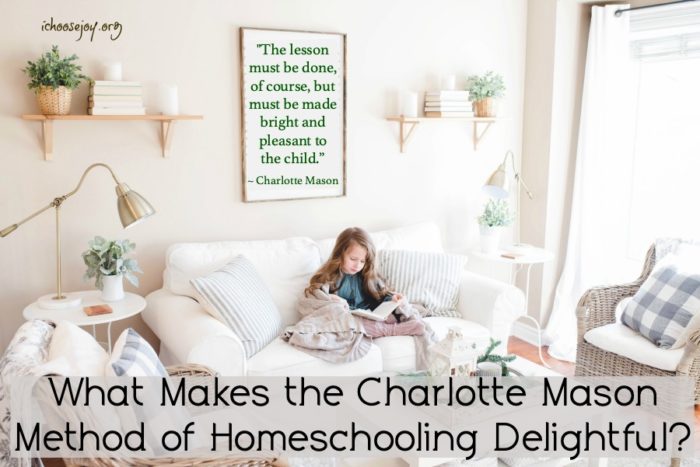
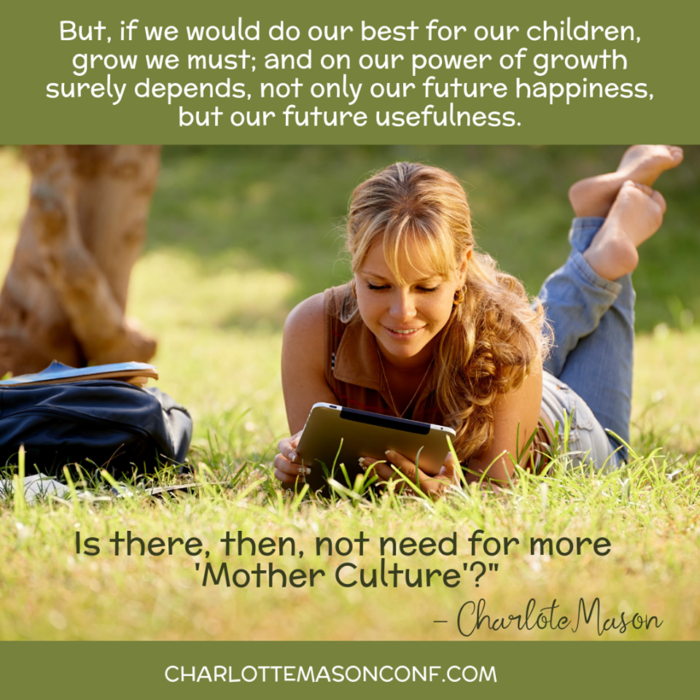

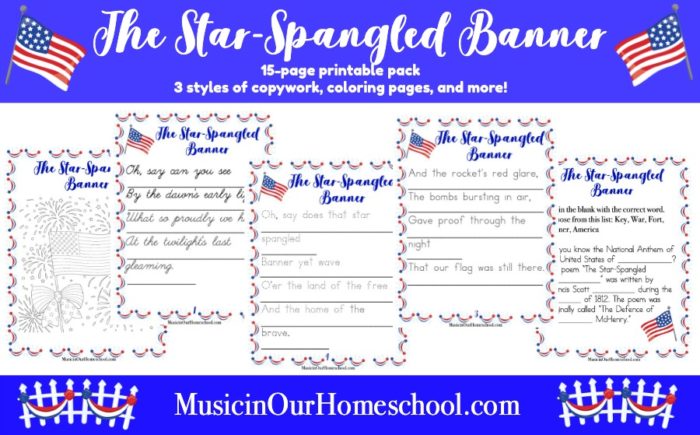




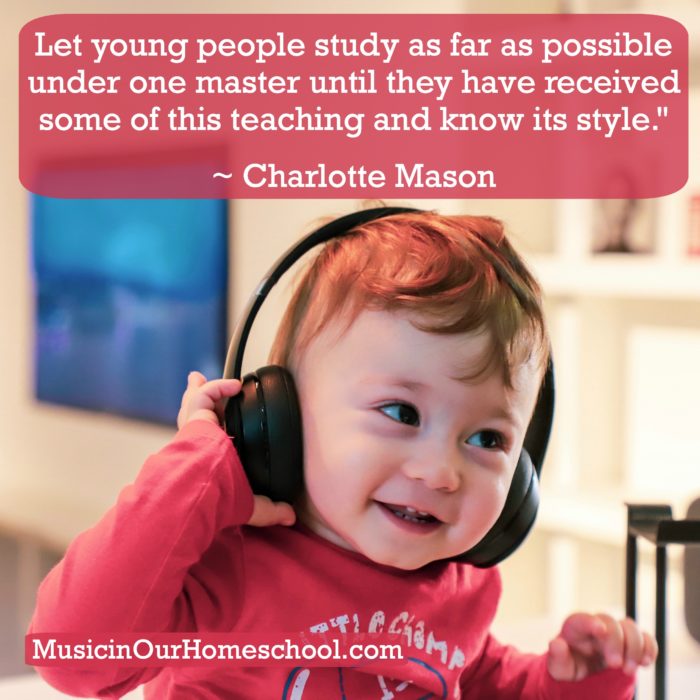
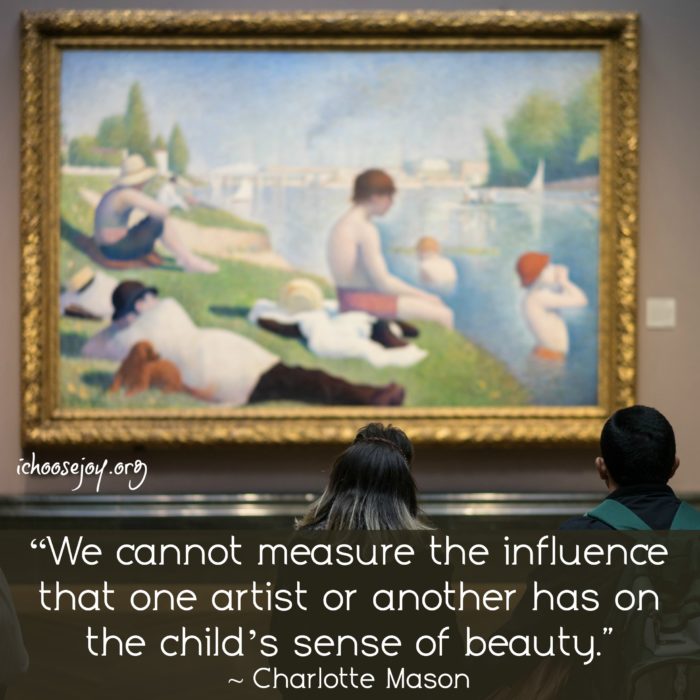

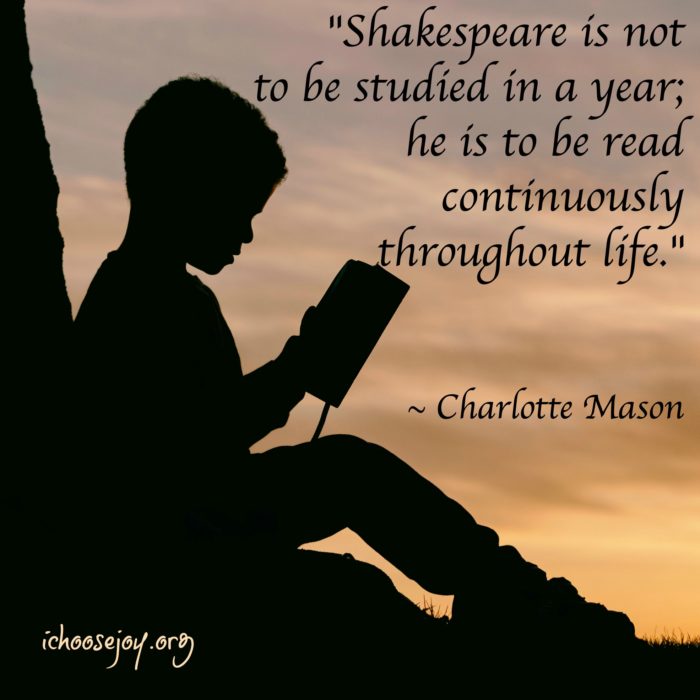
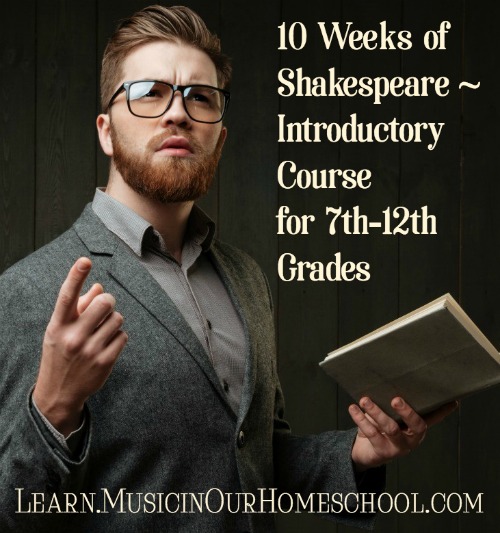
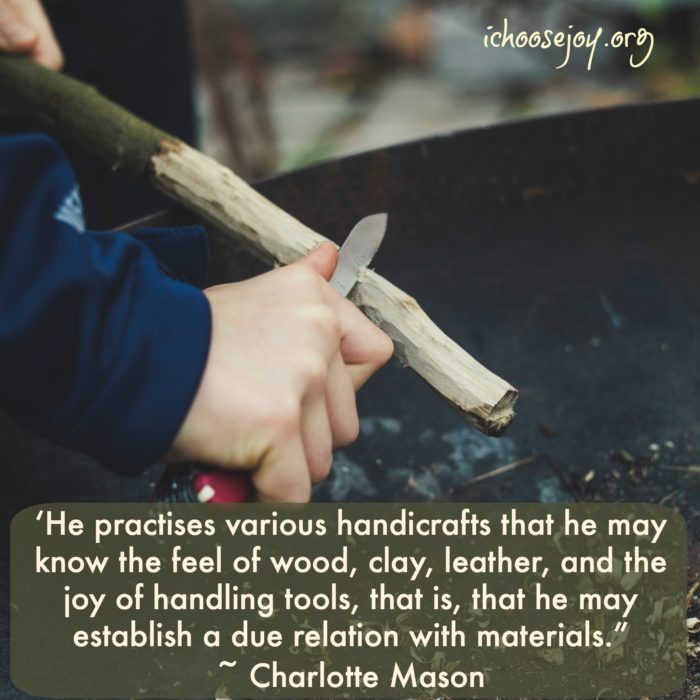
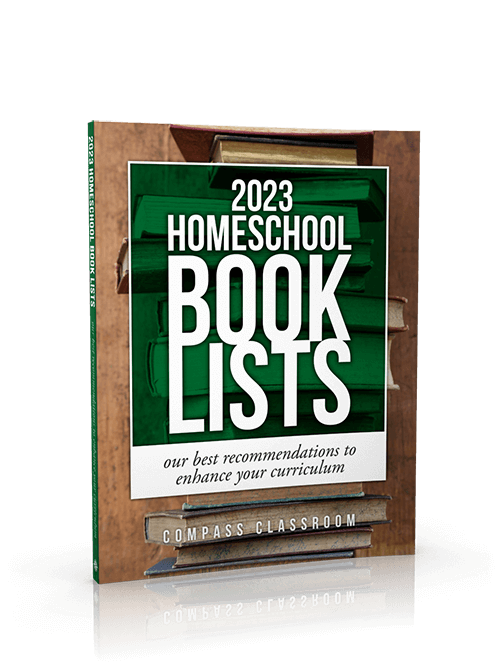

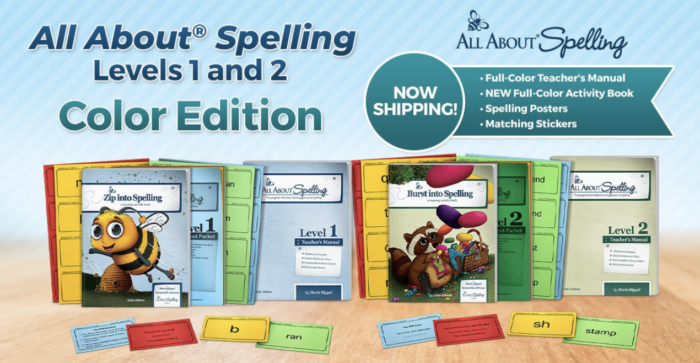
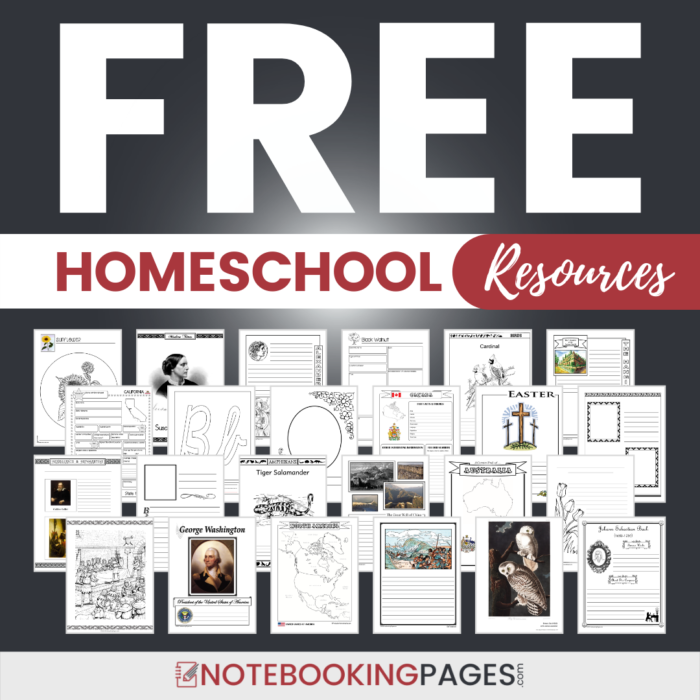

I love so many of the Charlotte Mason ideals but I also love unit studies. We read lots of living books and I’m always on the hunt for more. I need to do a better job of taking pains to take my kids in to nature. We are blessed that we live on acreage but I don’t take advantage like I should.
Yes! I love Unit Studies, too. I share lots all over my site of ones we’ve done in our homeschool. 🙂
–Gena